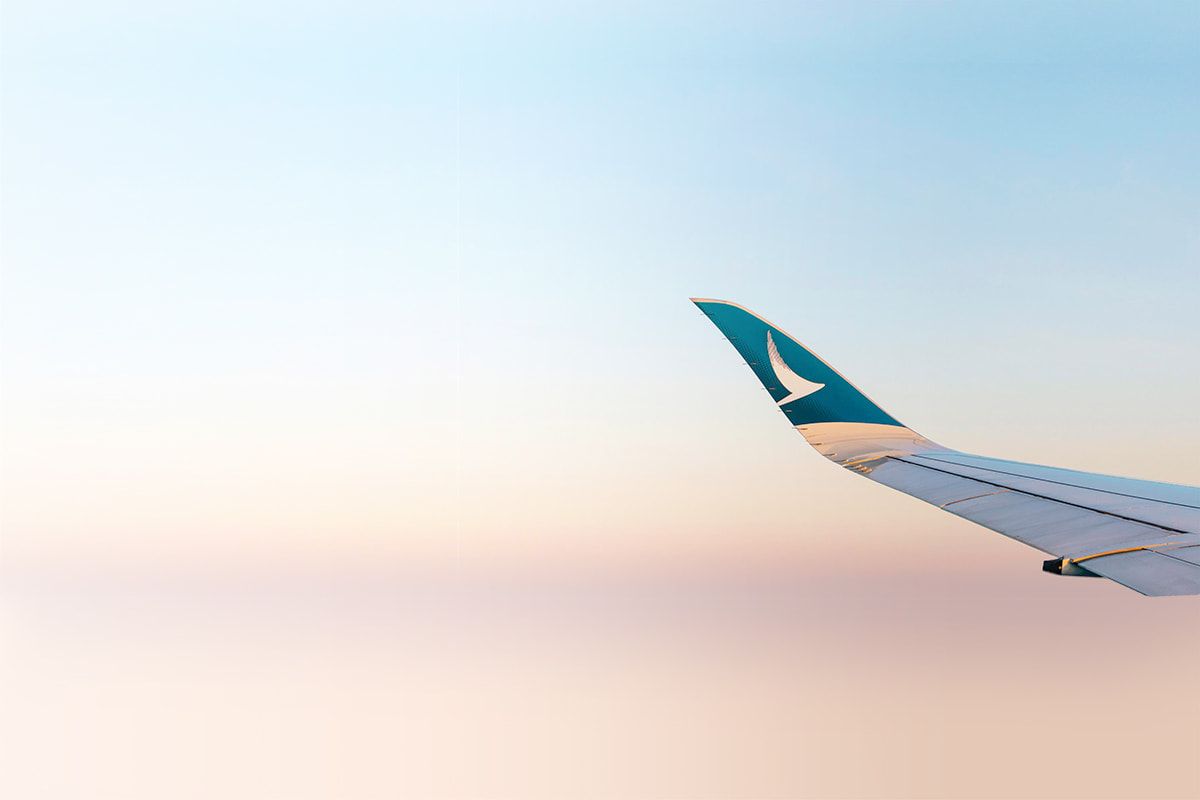How to paint a plane: Cathay Pacific’s new livery

It’s a billboard that hardly anyone can see – because most of the time it’s speeding through the skies at 900kph, far above our heads. No, it’s not a bird, it isn’t a superhero – it is, of course, a plane.
An aircraft’s livery – the logo and paintwork on the outside of the plane – is the most visible and obvious piece of branding an airline has. It’s a prime opportunity to transform a multi-million-dollar piece of flying real estate into an ambassador for everything that we stand for.
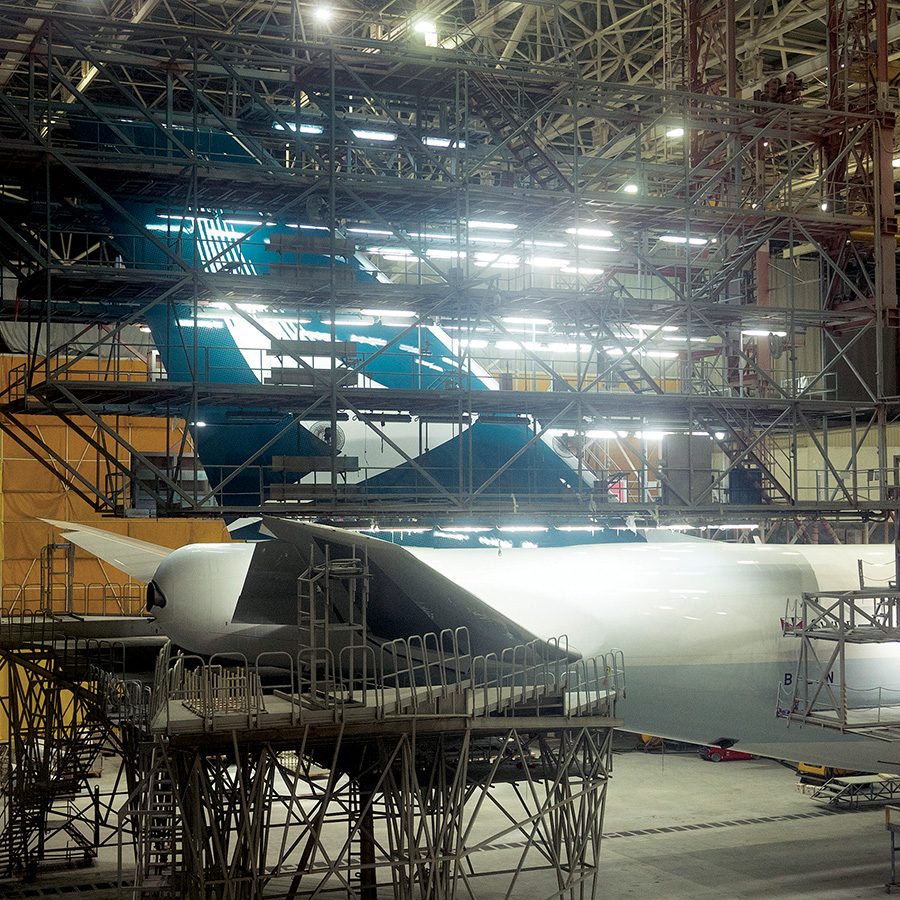
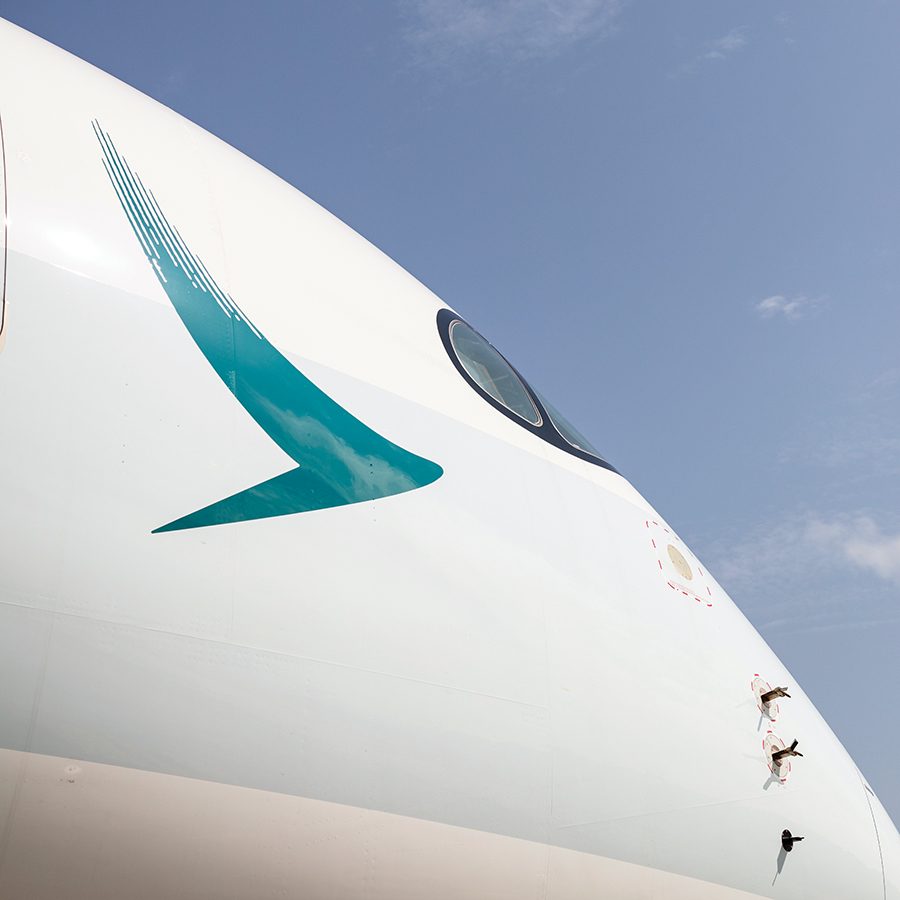
After all, ask an observer what they think of when they see a Cathay Pacific aircraft landing at London Heathrow or taking off from Sydney Kingsford Smith, and they might say “Hong Kong”, “Asia”, or talk about the premium service on board. This is paint that needs to convey a lot.
For Jessica Lee, Head of Brand and Content at Cathay, the idea is straightforward: “The livery is an opportunity to reinforce our identity as a premium airline, and one of the world’s greatest service brands,” she says.
Over our 77-year history as an airline, we’ve used our livery to communicate our identity and our drive – from our truly iconic brushwing to one-offs such as our Spirit of Hong Kong and Asia’s World City liveries. So what does it take to paint an aircraft?
Well, it’s a major undertaking that normally happens as part of the aircraft’s routine maintenance programme every six to seven years, when a plane is withdrawn from service for an intensive heavy base maintenance check, which takes at least a week.
During these checks much of the aircraft is stripped back and inspected, with major components like the engines and large moving parts of the wings taken away for service. This is also the perfect opportunity to touch up the bodywork. A check like this normally takes place in the hangars of engineering firm HAECO in Xiamen, because one of the first requirements is a very big hangar. After all, no paint job should be carried out when exposed to the elements.
The first step is usually either to sand the old paint down to the primer layer or strip to the bare metal, depending on requirements. Just like painting a wall or a car, paint is layered on: a primer, base coat and clear coat. Assuming we’re repainting a widebody Airbus A330 from the metal up, we’re going to need around 1,400kg of paint and several days of drying time.
The fuselage is predominantly white, with a neat stripe of Cathay grey and a Jade green logo and brushwing. It requires a layer of primer, two main layers of coloured base coating and two layers of a clear coating. The areas with the Jade green livery on the fuselage and the tail need three and six coats respectively. Some very clever and intricate work with peelable masking – and sometimes, a paintbrush – keeps details in the brushwing crisp and conforming to the precise engineering drawings. It’s a job that requires steady hands – and a lot of paint.
The result? A gleaming, fresh-faced aircraft, ready to take to the skies.
More inspiration
- China – the Chinese Mainland, Hong Kong SAR, Macao SAR and Taiwan Region
- Hong Kong SAR - English
- Chinese Mainland (China) - English
- Taiwan China - English
- 香港特別行政區 - 繁體中文
- 中国內地 - 简体中文
- 中國台灣 - 繁體中文
- Africa
- South Africa - English
- Asia
- Bangladesh - English
- Korea - English
- Singapore - English
- Cambodia - English
- 한국 - 한국어
- Sri Lanka - English
- India - English
- Malaysia - English
- Thailand - English
- Indonesia - English
- Maldives - English
- ประเทศไทย - ภาษาไทย
- Indonesia - Bahasa Indonesia
- Myanmar - English
- Vietnam - English
- Japan - English
- Nepal - English
- Việt Nam - tiếng Việt
- 日本 - 日本語
- Philippines - English
- Australasia
- Australia - English
- New Zealand - English
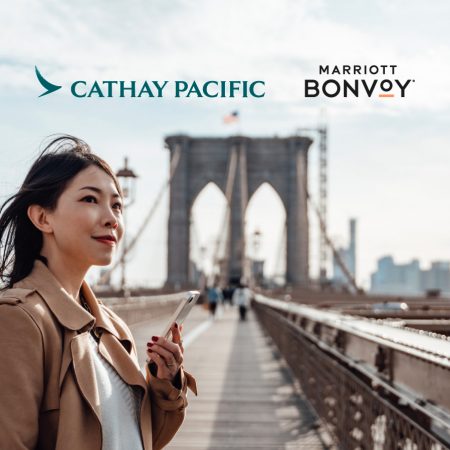
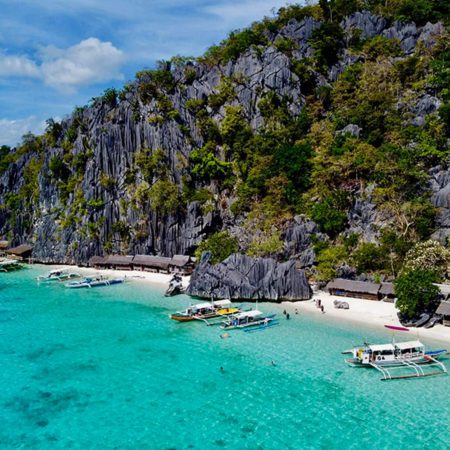

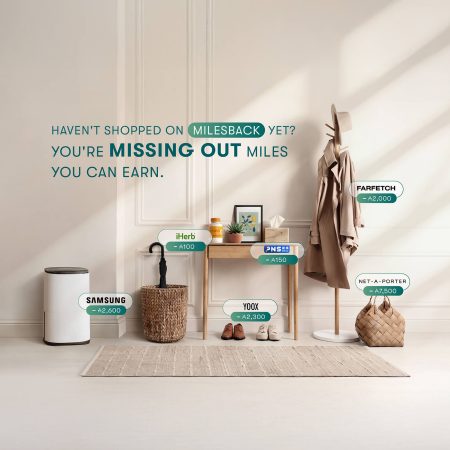
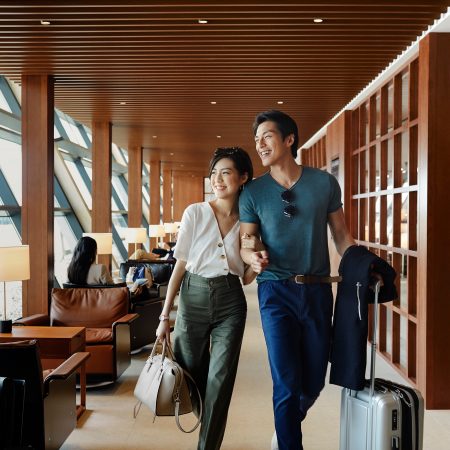
.renditionimage.450.450.jpg)

